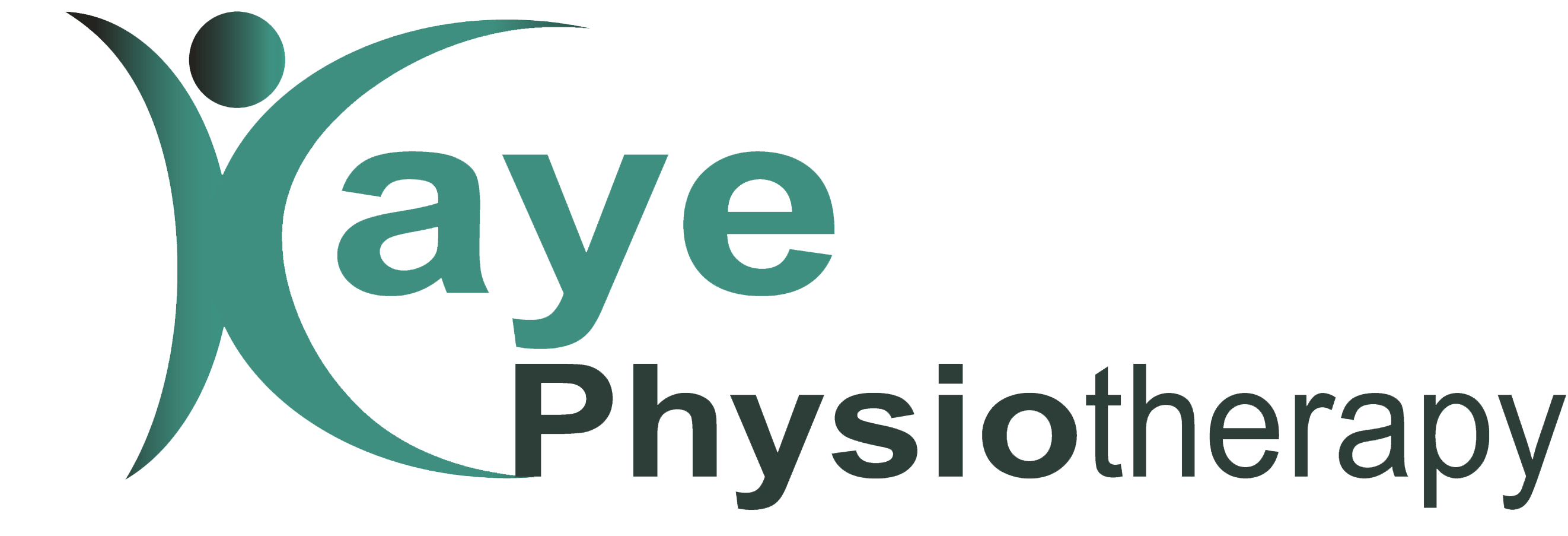Physiotherapy

An initial assessment will include a full history and analysis of the injury, a physical examination to determine the diagnosis, and an outlined treatment plan. Treatment will commence the very same day if appropriate to do so.
The Physiotherapist may utilise one or more of the following modalities:
Manual Therapy
Joint mobilisations, manipulations of muscles and joints, passive stretches.
Traction
Manual and electrical available. This helps spinal issues, (i.e. a "bad back") and trapped nerves.
Biomechanics Assessment / Orthotics
Assessment of gait, commonly utilised to find the root cause of a problem.
Electrotherapy
A style of treatment which uses electricity to reduce pain, improve circulation, strengthen muscles,repair tissues, and promote bone growth, leading to a quicker recovery.
Availability includes ultrasound, interferential, laser therapy, infrared heat therapy and mega pulse.
Taping
Used as correction of posture, pain relief or preventative.
Acupuncture
Acupuncture is a form of treatment technique in which very fine needles are inserted into specific parts of the body to produce a therapeutic effect which aids in recovery of a variety of common health conditions and reducing pain.
Massage
There are a variety of massage techniques which can help you relax, relieve stress and tension and complement physiotherapy recovery.
Pilates
Pilates is a form of low impact exercise with the goal to strengthen and tone your core muscles and improve stability. In addition, Pilates also improves posture alignment to prevent the risk of injuries.
Rehabilitation
Rehabilitation aids the recovery of injury or provides long term management of conditions.
Primarily focusing on tailored exercises, rehabilitation also includes specific medical advice, education and prescribed activities.
Improving fitness levels and looking at everyday function/aids to increase independence.
